Pesticide Policy Update: The Latest from D.C. and Springfield
Stay informed on EPA’s final herbicide and insecticide strategies, Illinois applicator licensing changes, and other legislation that may impact your farm in this episode of the Field Advisor Podcast.
Practical Guide to Meet Runoff Mitigation Point Requirements Under EPA’s Strategy
Get a step-by-step look at how to assess your fields for spray drift and runoff mitigation under EPA’s Herbicide Strategy.
Illinois Study Continues on Waterhemp Resistance to Group 15 Herbicides
IL researchers are taking a closer look at waterhemp’s resistance to Group 15 herbicides to help farmers fine-tune their weed control programs.
EPA Releases Final Insecticide Strategy
Farmers face no immediate changes under EPA’s new Insecticide Strategy, but it will guide future labeling as products come up for review.
IL Planting Progress: Smooth Sailing or Still Waiting…
Hear planting updates, replant advice, and weed scouting tips from Illinois Soy Envoys on the latest Field Advisor podcast.
Upcoming Webinar: Pest and Disease Watch Based on Survey Data
Stay ahead of pest and disease pressures this season with field data and expert information from Kelly Estes and Dr. Ahmad Fakhoury.
SCN-Resistant Soybean Lines Heading to Commercial Production
Farmers will soon have access to new, high-yielding soybean lines with enhanced resistance to soybean cyst nematode.
Turning Point: How the 1980s Reshaped American Agriculture
From weed control breakthroughs to financial crisis, IL Soy Envoy Mike Wilson reflects on the 1980s—one of the most transformational and trying decades in modern farming.
No Yield Increase from Insecticide Treatments in Year One of Study
A new multi-year study aims to help farmers make more informed, cost-effective insecticide decisions.
Tackling Winter Annual Weeds with Integrated Strategies
Winter annual weeds like henbit are becoming a bigger problem across Illinois—learn what’s driving the increase and how integrated strategies like fall herbicides and cover crops can help you take back control.

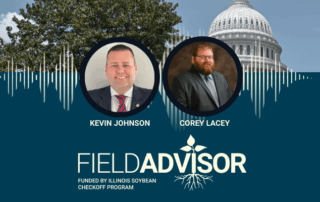
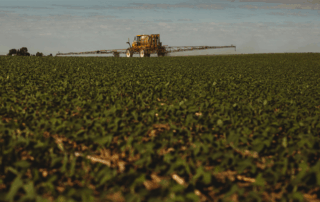
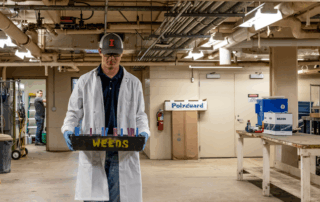
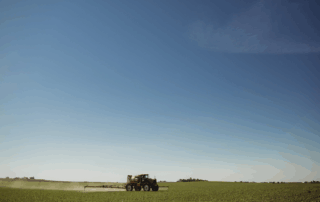

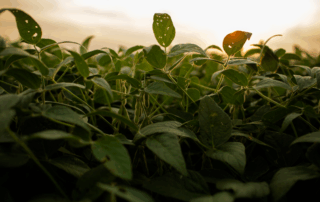
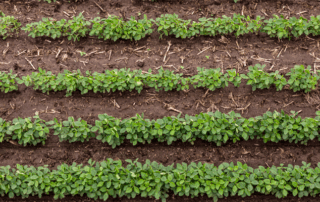
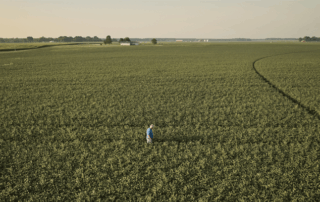
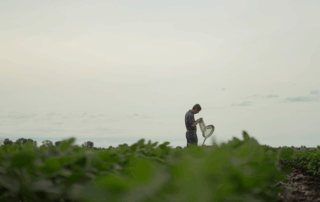
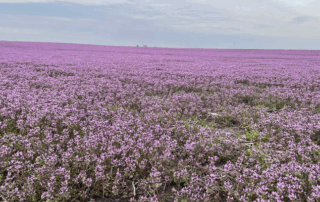

 and then
and then